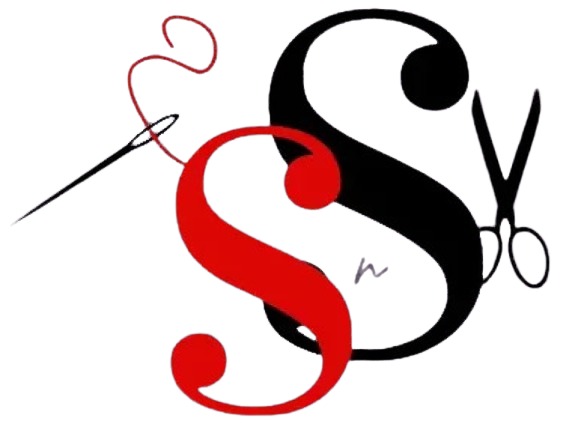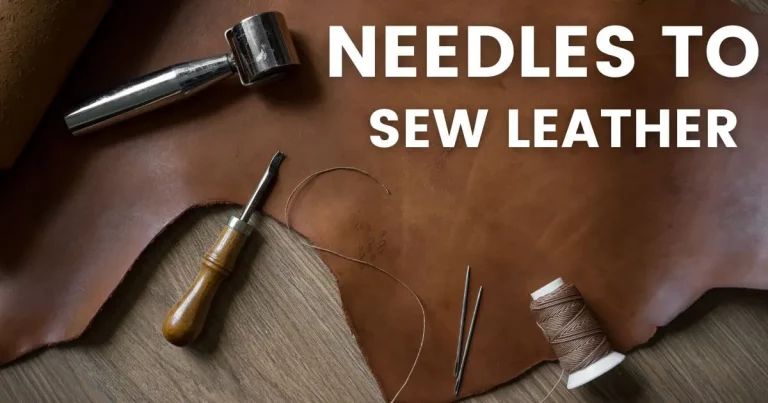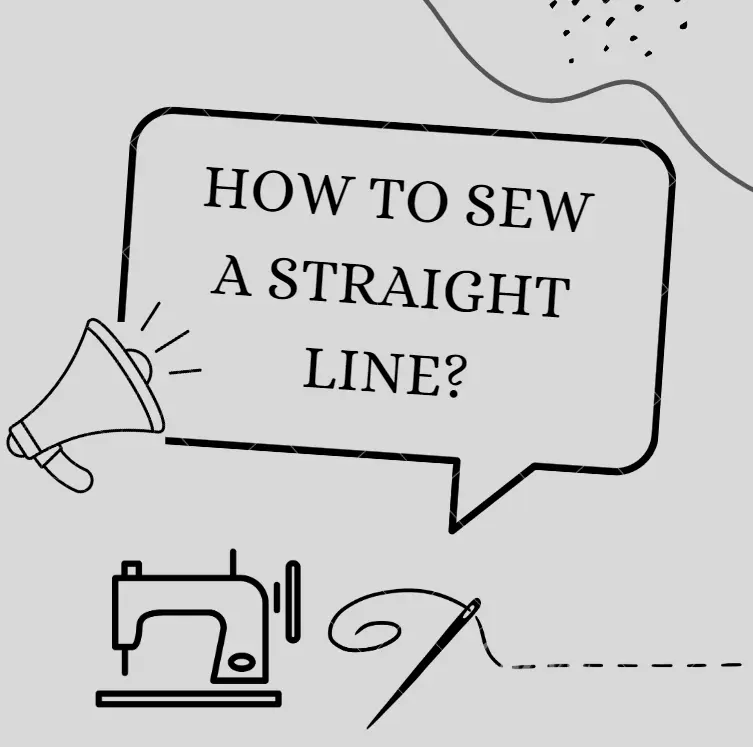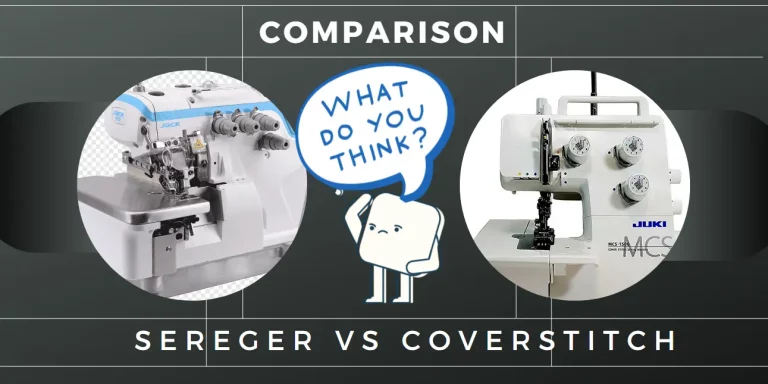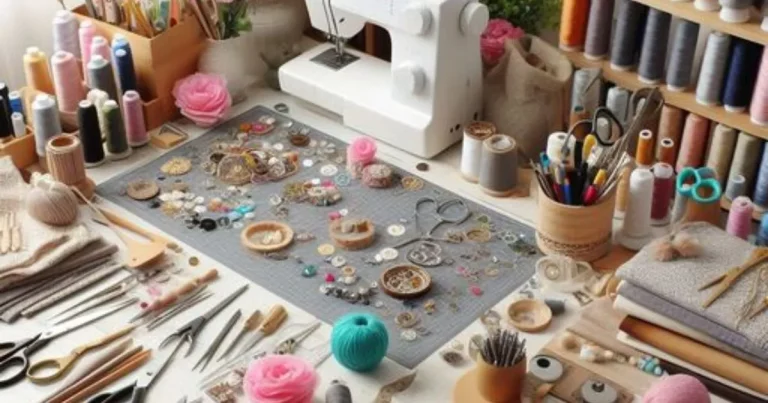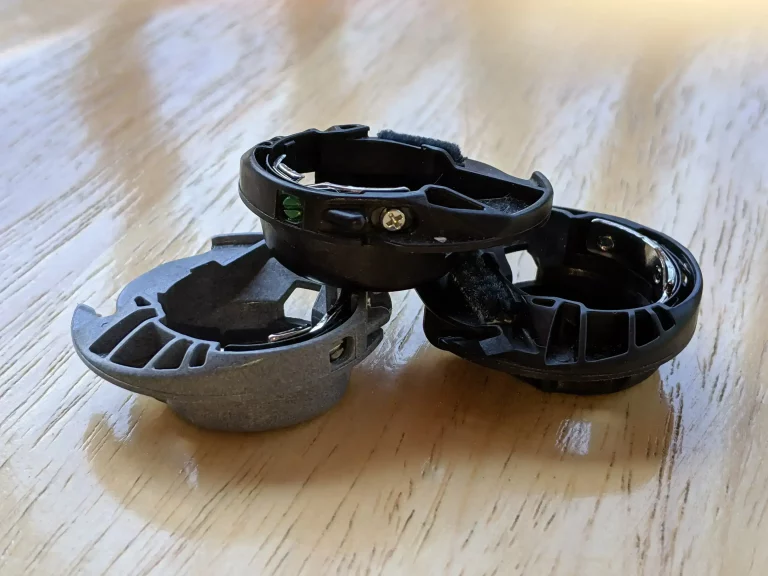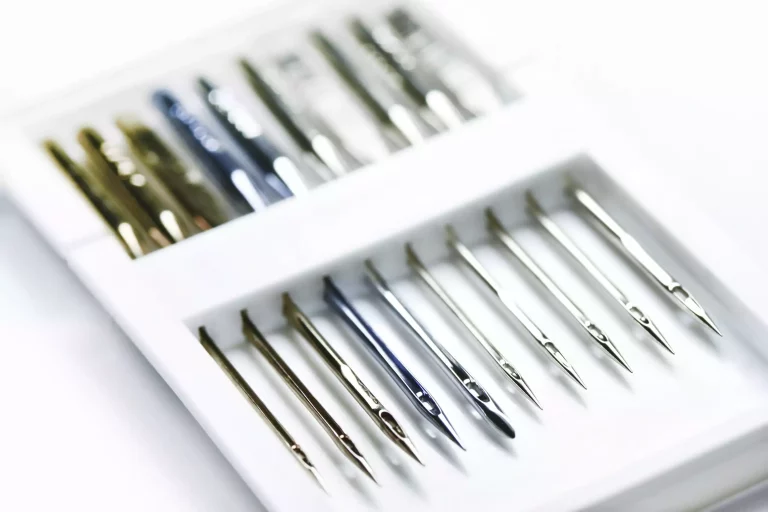SEWING 101: A MUST-READ SEWING GUIDE
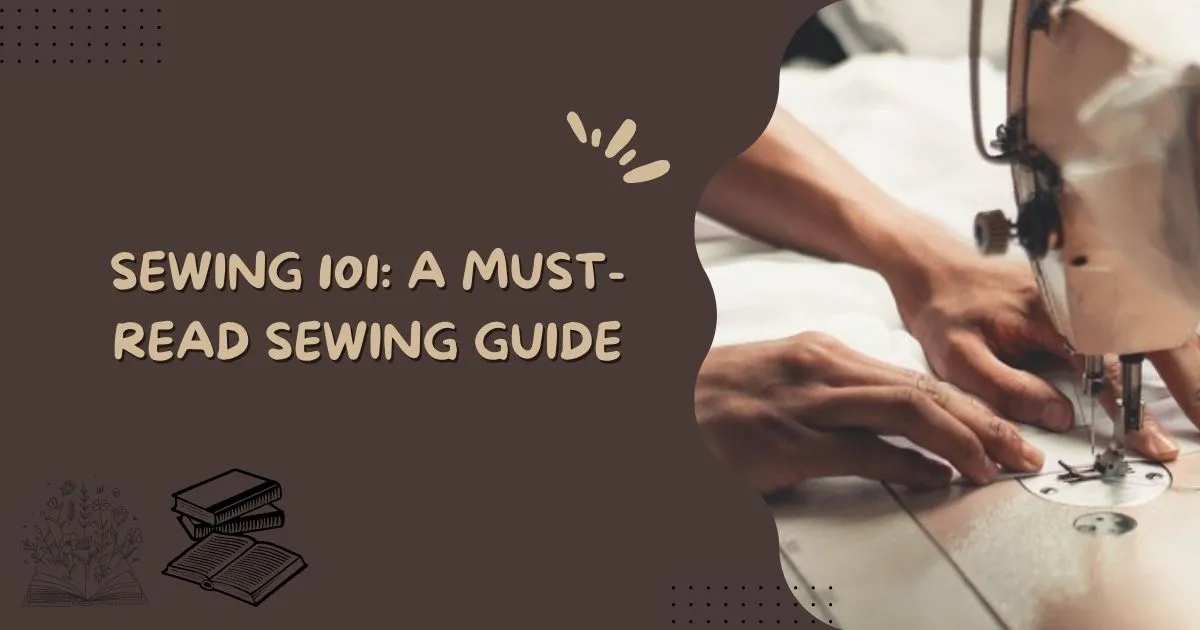
Sewing 101 is a magical Journey of sewing mastery that invites you into a captivating world where creativity flourishes with every needle and thread. Whether you’re a beginner seeking the foundations or a seasoned enthusiast looking to refine your skills, this comprehensive guide of sewing 101 is here to accompany you step by step. Discover the art of selecting the perfect materials and tools, while unravelling the essential techniques that breathe life into your creations.
Let us unlock the well-kept secrets of successful sewing 101, empowering you to express yourself through a symphony of stitches. Join us on this transformative adventure where imagination takes flight, and the joy of sewing becomes a gateway to endless possibilities.
What are uses of sewing machine?
These uses demonstrate the versatility and importance of sewing machines in garment construction, home decor, repairs, crafts, professional applications, and education. In this guide of sewing 101 we will discuss below some importance of sewing machine in our lives.
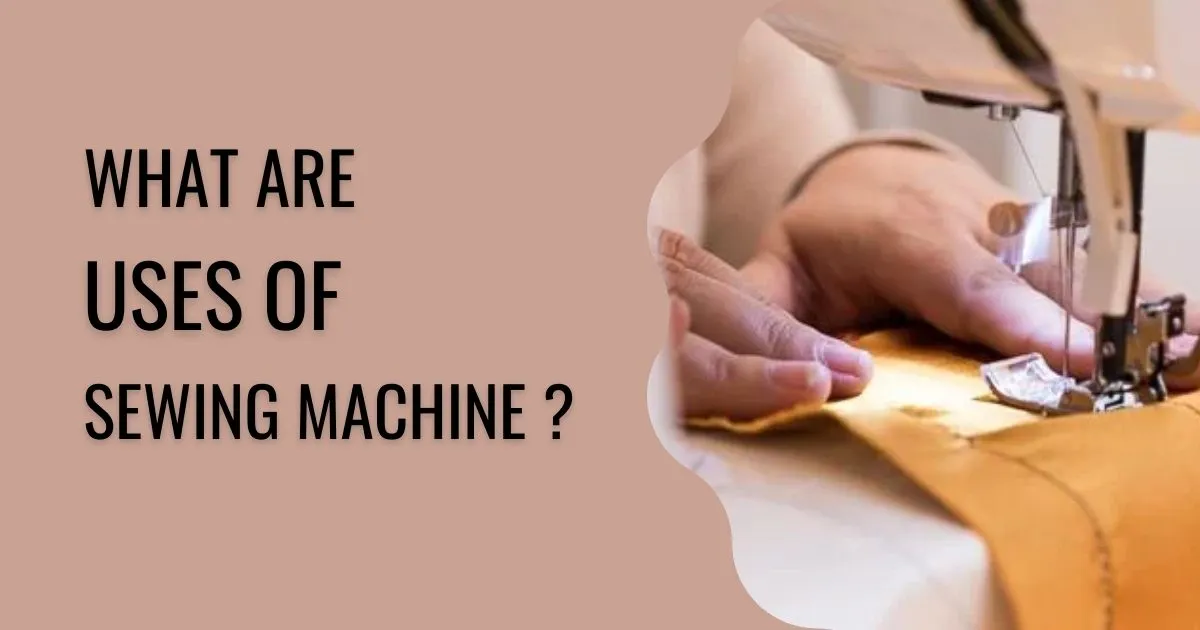
For further details you can read the following article
How to buy a sewing machine?
Now for the much needed part of sewing 101 comes. That is about to select the perfect sewing partner for your sewing 101. Embark on a positive journey to find your perfect sewing machine. Begin by researching different brands and models, reading reviews, and gathering information to make an informed decision. Visualize the projects you want to create and consider the stitching options you desire. Visit local retailers or attend craft fairs to experience the machines firsthand. Seek durability and reliability from reputable brands.
Choose a machine that sparks joy and reflects your personal style. Purchasing a sewing machine is an investment in boundless creativity and self-expression. Enjoy the process and let your imagination soar as you find the perfect companion for your sewing adventures. You can take a read at different articles from our website to take guidelines about them.
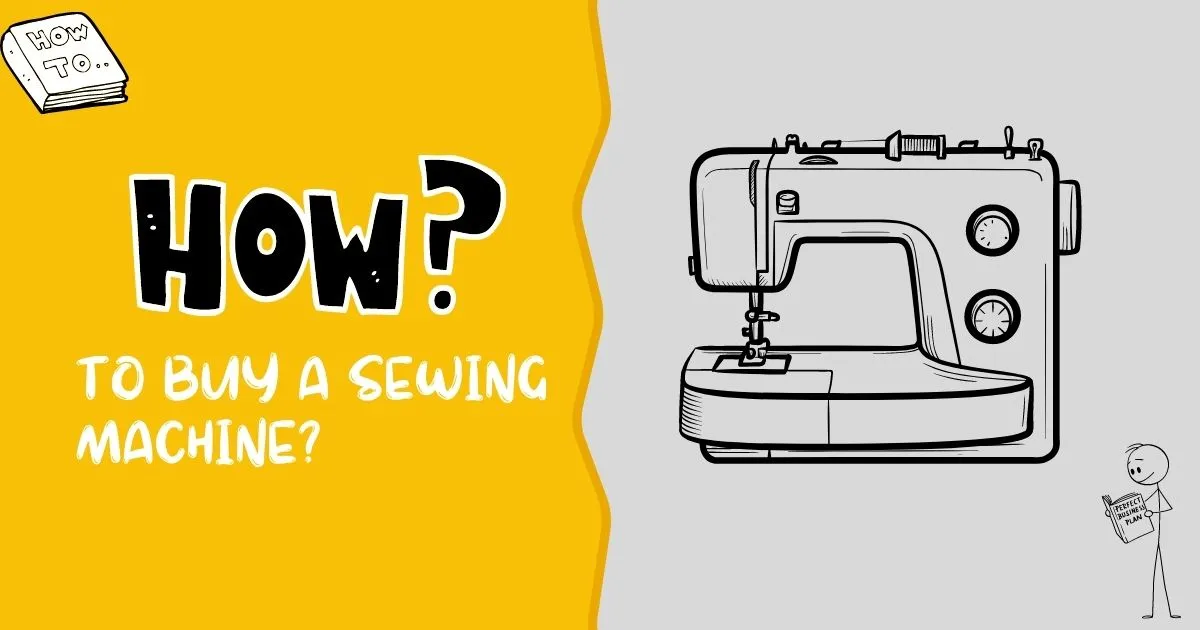
To access additional information, kindly read the following articles. This will provide you with in-depth details and comprehensive insights on buying a sewing machine and their types. Your curiosity will be rewarded with a wealth of knowledge and a deeper understanding of the sewing 101 at hand.
8 Different Sewing Machine Types
What are tools in sewing 101?
The tools in sewing are essential for achieving precision, efficiency, and impeccable craftsmanship. Here are some of them discussed below
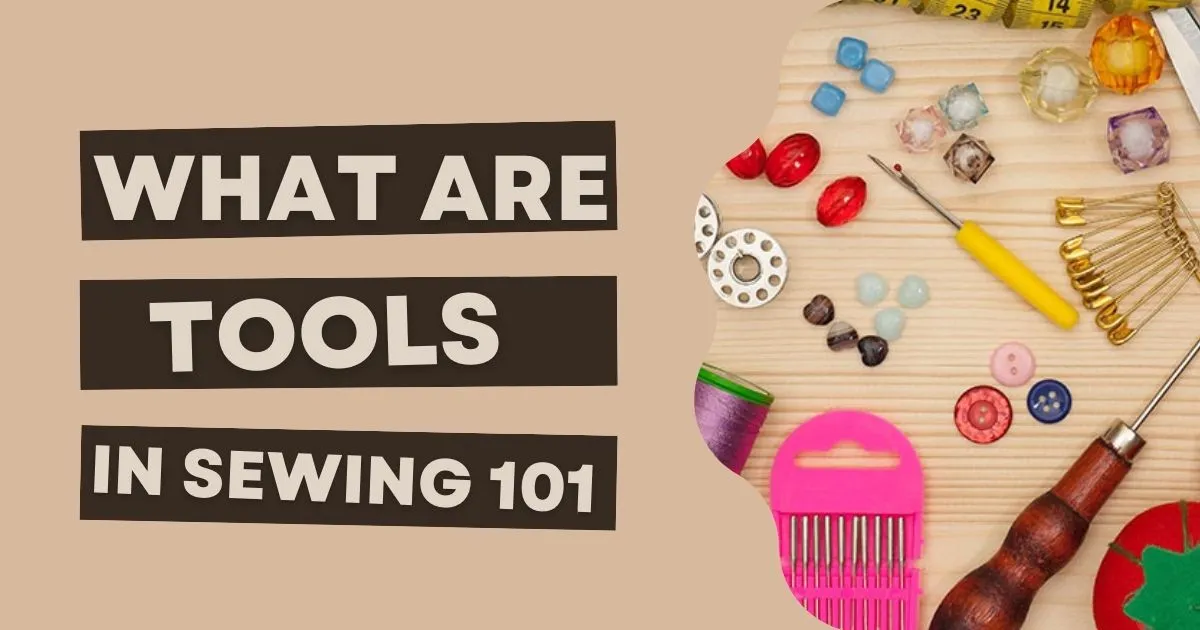
These tools, along with others, comprise the foundation of a well-equipped sewing kit, enabling sewers to bring their creative visions to life with precision and finesse.
To expand your knowledge about the tools used in sewing, we recommend exploring the following links for valuable insights and information.
How to get your sewing machine ready for sewing 101?
By following the following instructions, you’ll have your sewing machine primed and prepared for Sewing 101. Embrace the journey, unleash your creativity, and let your sewing machine become your trusted companion throughout your sewing endeavors.
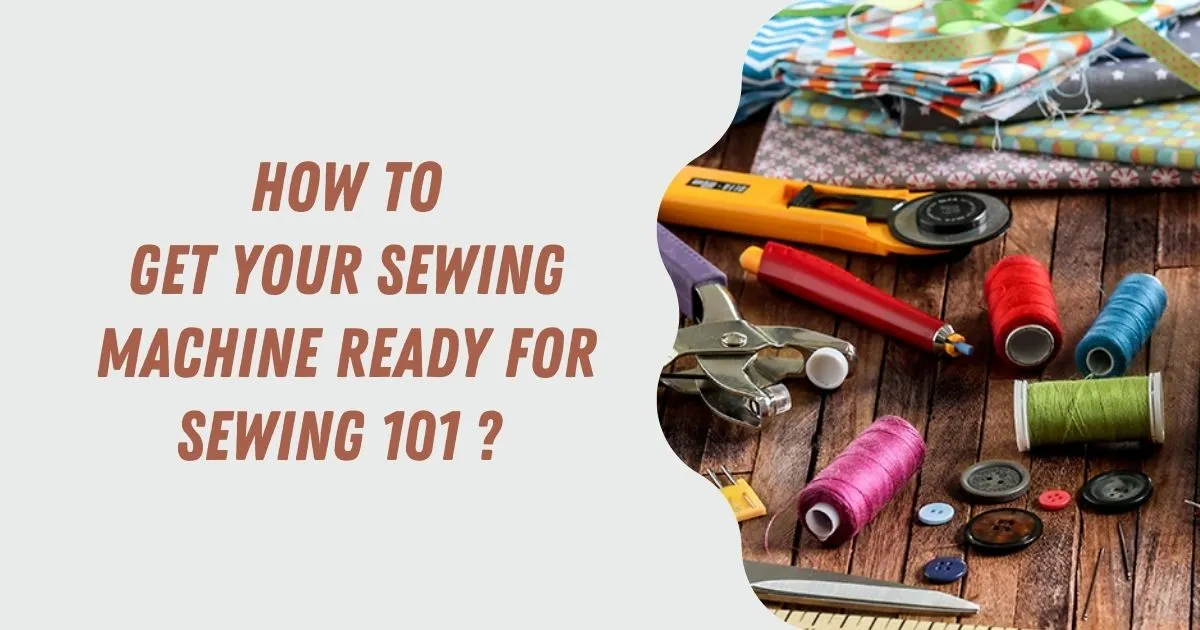
To delve deeper into to getting your sewing machine ready and expand your knowledge, we encourage you to explore the following articles, which offer valuable information and insights.
How to learn about sewing pattern?
The most exciting part of sewing 101 is learning about sewing patterns. To learn about sewing patterns, start by exploring different pattern types, such as commercial or digital patterns. Invest in beginner-friendly patterns and instructional resources. Study pattern markings and instructions carefully. Practice accurately tracing or cutting out patterns and transferring markings to fabric. Experiment with simple projects to build skills. Seek guidance from sewing communities or classes. With practice and patience, you’ll master the art of sewing patterns, unlocking endless creative possibilities.
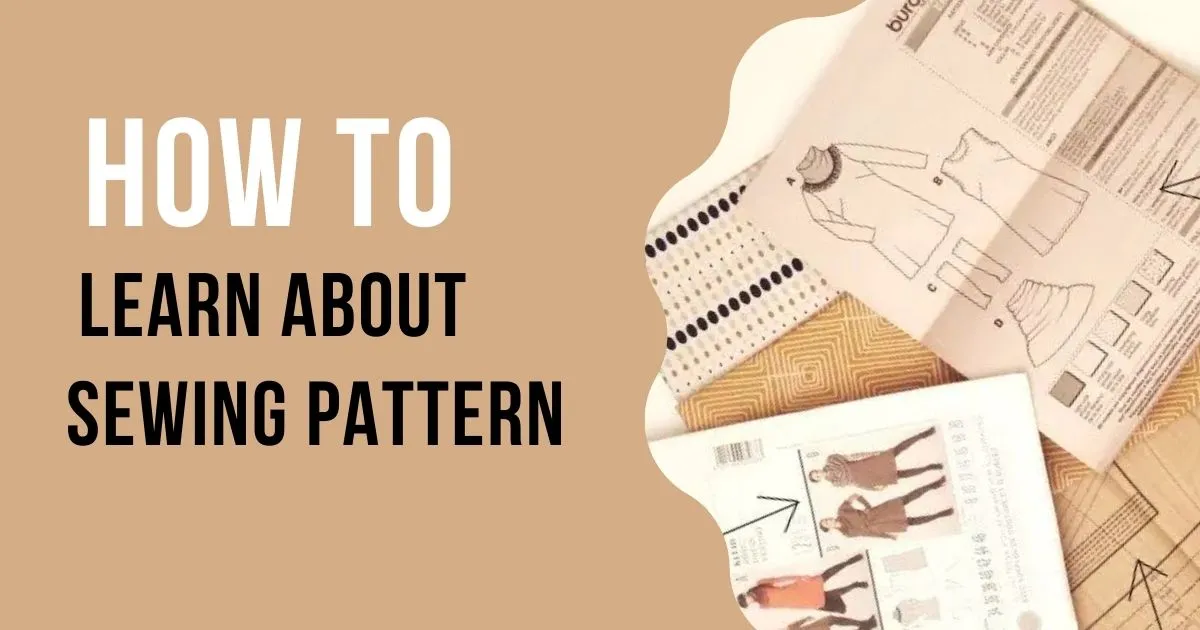
Expand your knowledge about sewing patterns by exploring the following resources.
What are basic terms in sewing 101?
Gaining familiarity with essential sewing terms is key to understanding instructions and techniques in Sewing 101. Some fundamental terms to grasp include
By grasping these fundamental terms, you will establish a solid foundation for your sewing journey and confidently follow sewing instructions.
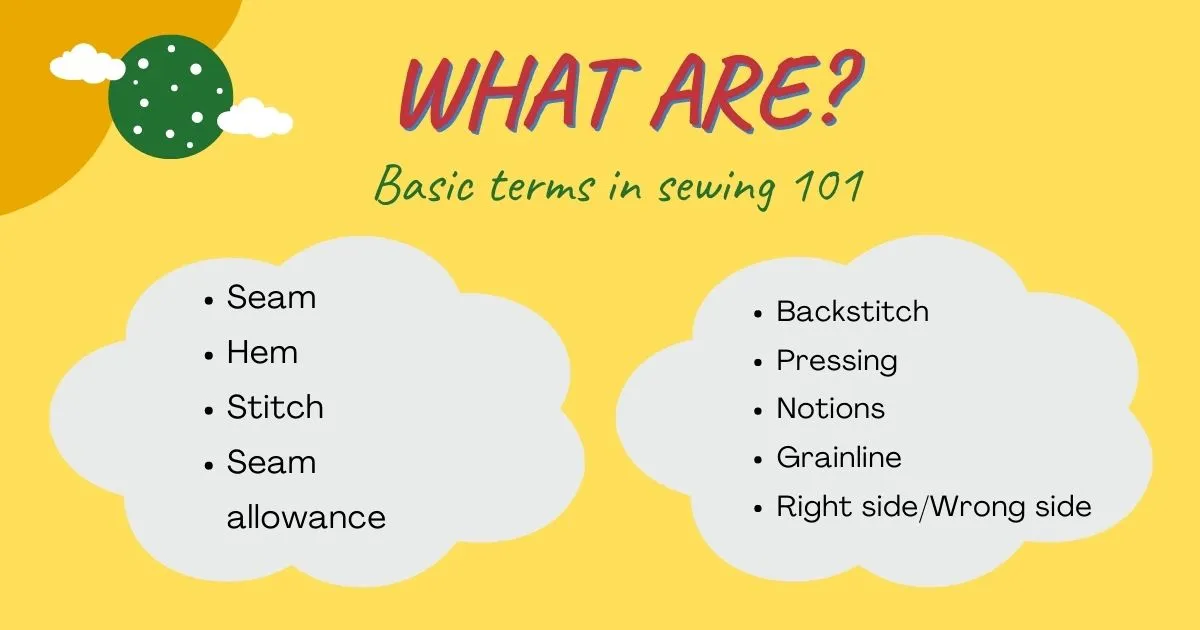
For a deeper understanding, read the following resources to enhance your knowledge and comprehension.
What are basic sewing stitches in sewing 101?
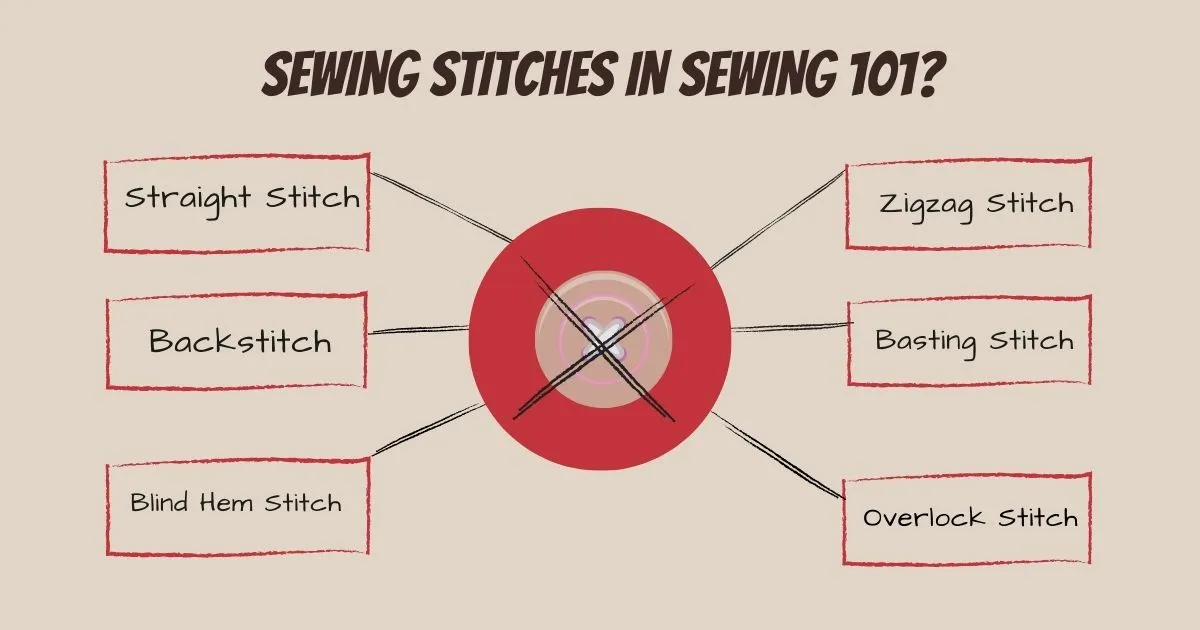
Mastering these basic sewing stitches in Sewing 101 provides a strong foundation for various sewing projects.
These stitches allow for versatility, durability, and professional-looking results.
Understanding and practicing these stitches will build confidence and pave the way for more advanced techniques.
Each stitch has its own purpose and application, making them valuable skills to learn in Sewing 101.
What are the basics of sewing 101?
Now comes the thrilling part of Sewing 101 – actually diving into the sewing process. As you begin, you’ll discover that, in most sewing projects, the preparation phase often takes more time than the actual sewing itself. It’s crucial to plan ahead and allocate ample time for preparation to ensure a smooth sewing experience. By taking your time and approaching each step with care, you’ll be able to navigate the sewing process smoothly and achieve satisfying results. Embrace the journey, savor each moment, and enjoy the fulfilling process of bringing your sewing projects to life.
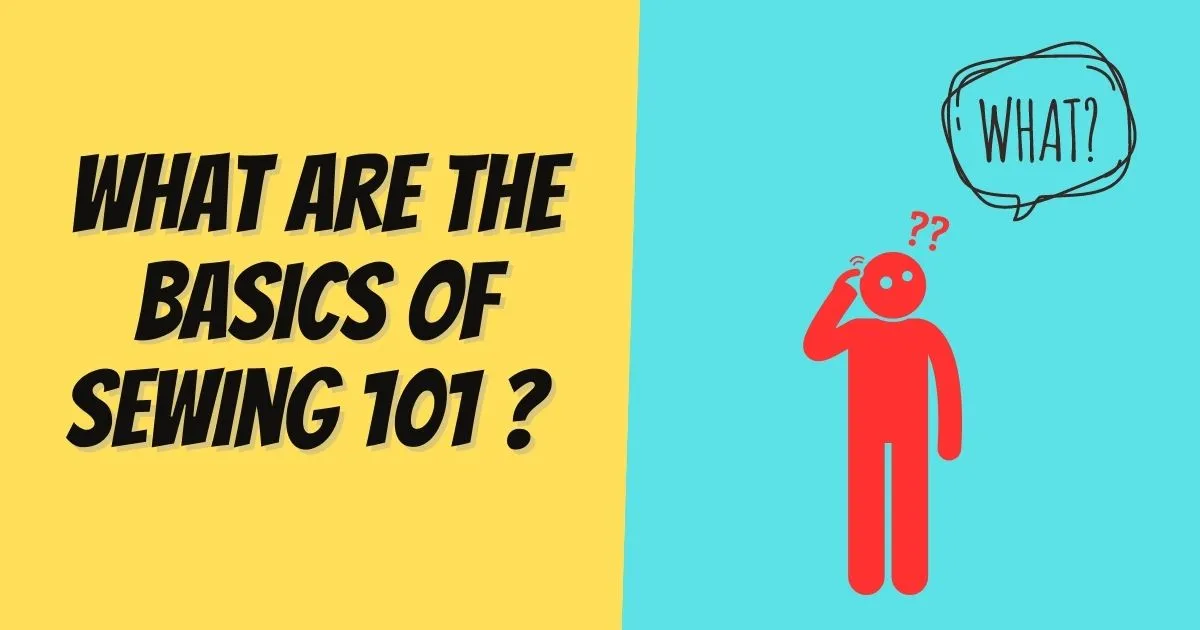
For detailed guidance on sewing different projects, explore the articles below and discover how to bring them to life with your sewing 101 skills.
Sewing a sheer fabric in Sewing 101
Sewing with sheer fabrics demands careful attention and specific techniques to achieve stunning outcomes. To handle sheers gracefully, opt for a fine needle and lightweight thread to minimize snags and puckering. Utilize methods like French seams or narrow hems for a polished and refined appearance. Prior to beginning your project, test stitches and tension on scrap fabric to ensure the desired results. With meticulousness and precision, you can fashion exquisite garments or decorative pieces using sheer fabrics.
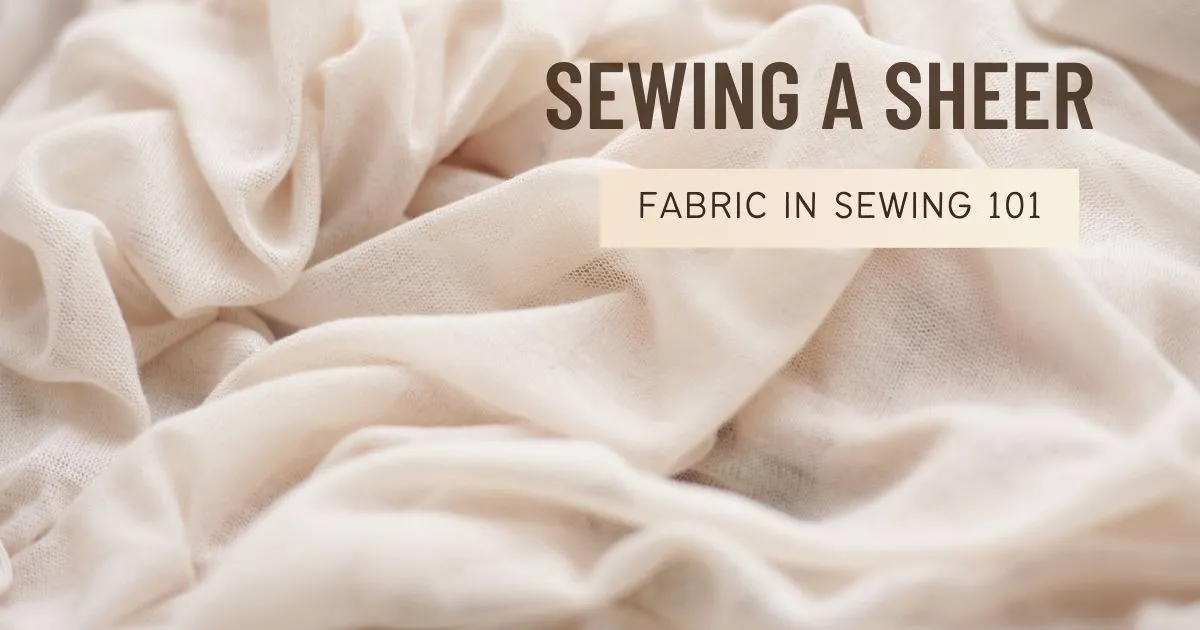
To gain deeper insights into working with sheer fabrics, explore the following link for additional information and valuable tips on sewing with these delicate materials.
Trouble shooting for sewing 101
In Sewing 101, troubleshooting is a valuable skill to overcome common challenges and ensure successful outcomes. If experiencing skipped stitches, check the needle and thread compatibility and make necessary adjustments. For tangled thread or bobbin issues, rethread the machine and ensure proper tension settings. Uneven stitches may indicate incorrect tension or feed dog problems, so review settings and ensure smooth fabric feeding. By identifying and addressing these common sewing issues, you’ll enhance your sewing skills and achieve professional-looking results in Sewing 101.
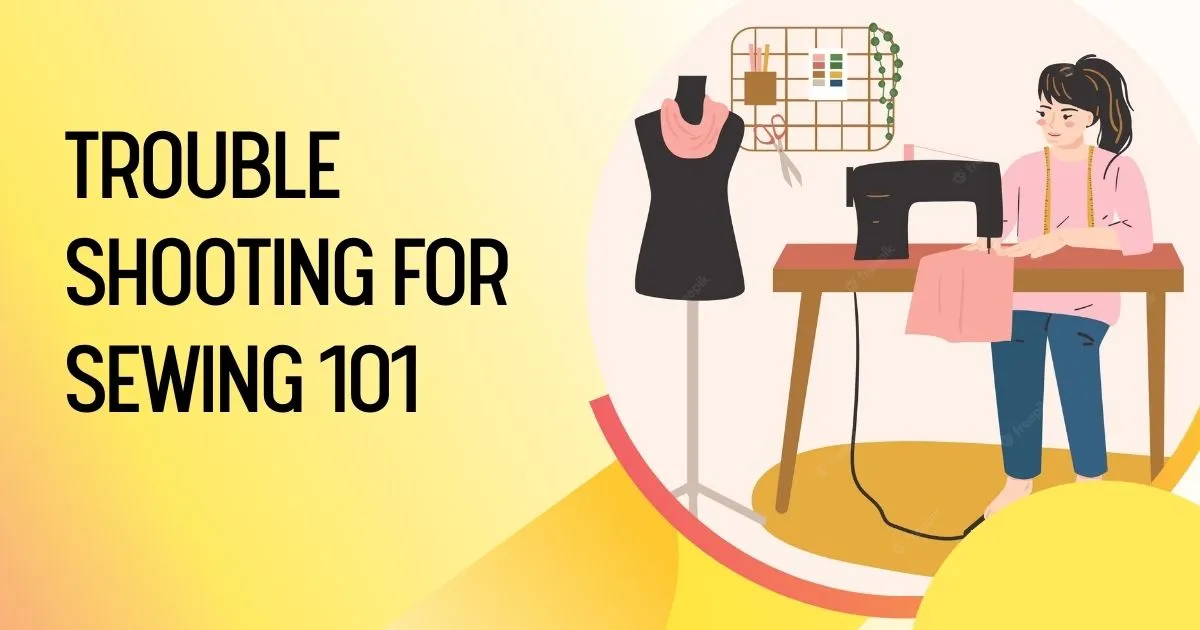
For comprehensive knowledge on troubleshooting common sewing issues, we recommend reading the following article. It provides valuable insights and tips to help you overcome challenges and ensure smooth sewing experiences.
Conclusion
In conclusion, Sewing 101 is your starting point to explore the world of sewing, providing essential knowledge and skills for beginners and those seeking to refine their craft. With a foundation in buying a sewing machine, basic terms in sewing, basic stitches, techniques, and fabric understanding, you can unleash your creativity and embark on a fulfilling sewing journey, creating beautiful handmade projects that reflect your unique style. Let Sewing 101 be your guide as you embrace the joy of sewing and unlock endless possibilities.
